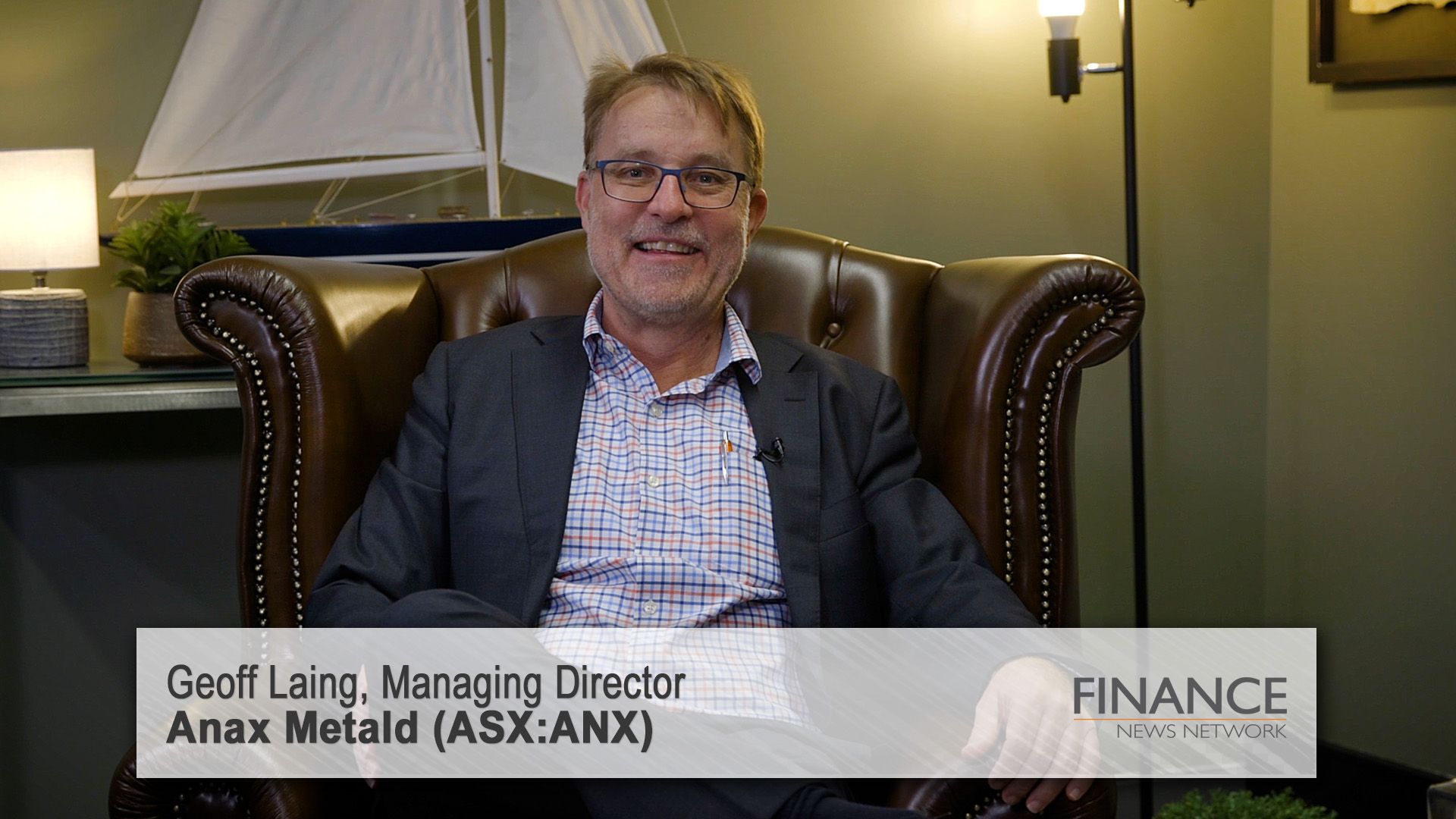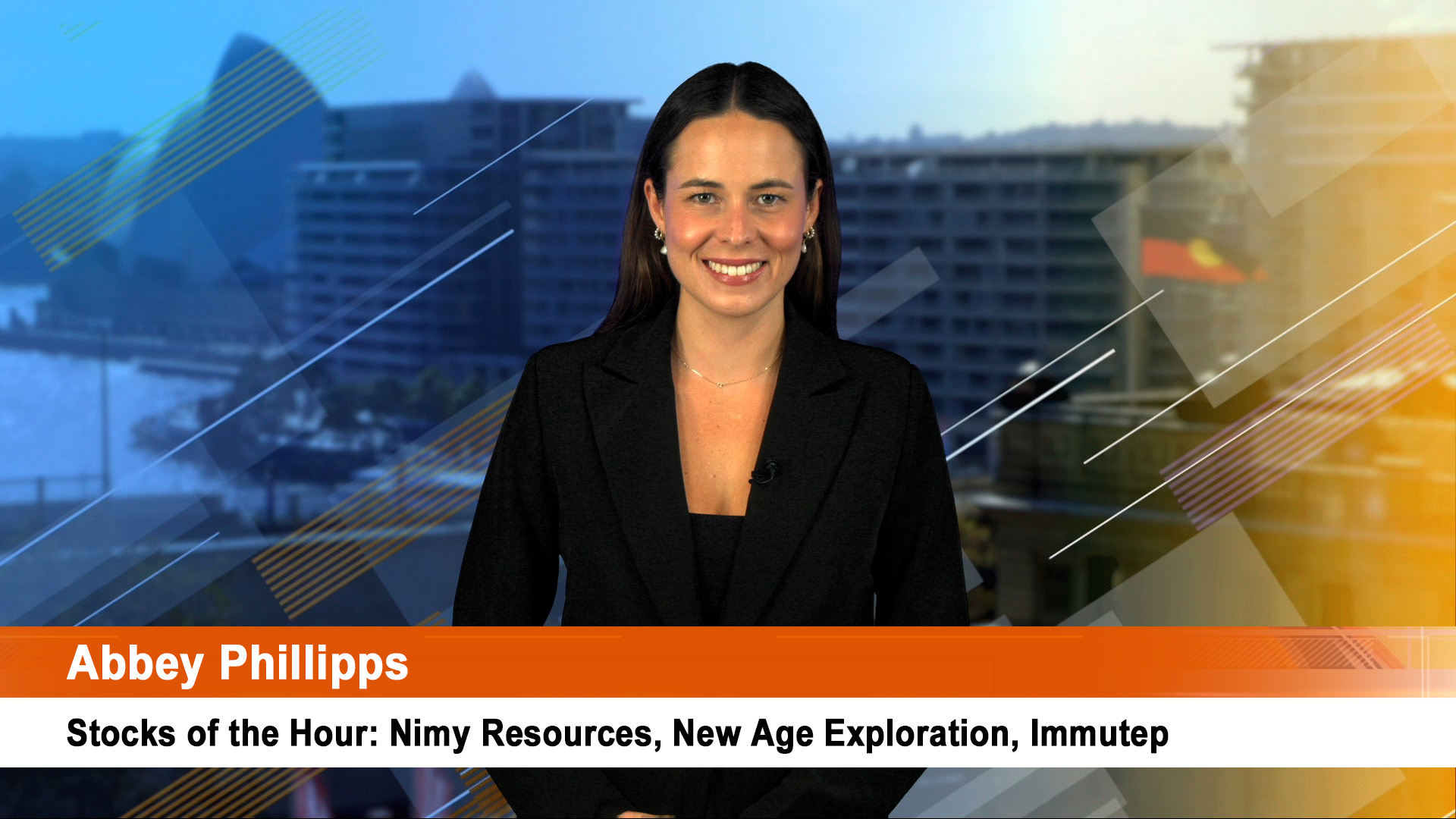
Markets finished solidly on Saturday morning, our time, with Wall Street reaching new 2009 highs.
American markets had their best weekly gains since July and ended a two-week losing streak.
The week-long rally pushed the Dow up 4%, the Standard & Poor’s 500 by 4.5% and Nasdaq rose a similar amount.
Investors bet that the third quarter earnings reports, which begin this week in earnest with four major banks, two big tech stocks and a clutch of other blue chips, will be better than expected.
It could be a week when the strength of the rally since March is confirmed, or doubts are sown by less than stellar results.
Investors shook off the now usual warnings of how tough October can sometimes be for markets (1987 and 2008) to focus expectantly on quarterly reports from the likes of IBM, AMD, Intel, Goldman Sachs and JBMorgan.
The Dow up 78.07 points, or 0.80% Friday, the S&P 500 gained 6.01 points, or half a per cent, to end at 1,071.49 and Nasdaq rose 15.35 points, or 0.7%, to 2,139.28.
The S&P 500 is now up almost 60% from the 12-year closing low in early March.
The US dollar rose a little Friday on remarks from Fed chairman, Ben Bernanke that the Fed will lift rates when it is confident the economy is growing solidly.
That is little different to what he and the Fed have said in the past, but such is the nervousness about the strength of the dollar that many investors remain suspicious about the currency and the American policy in favour of a ‘strong’ currency.
US bond prices fell sharply on the comments and the 10 year yield jumped from around 3.26% to close at 3.39% in New York.
There are fears the Fed will lift rates sooner rather than later.
But that is unlikely to happen. Many analysts have put rates back into the mix simply because the Reserve Bank lifted rates unexpectedly last week.
The fact that it had such an impact around the world is a sign of the level of ignorance about the relatively healthy state of the Australian economy, with low unemployment, debt, sound banks and an economy that hasn’t dipped into recession, plus the closeness to China.
Once that is understood, it is easier to see why rates rose in Australia, and will rise for a while yet, and why there’s no sign of a rate rise in Europe, the UK (both central banks sat pat last week) and in the US.
Gold’s big week had more of an impact here, but the continuing strength of the Australian dollar is clipping returns for miners, but not for punters.
The local market also had a solid week with the ASX 200 up 3.3% last week.
The index ended down 15.7 points on Friday at 4752.9 and the All Ordinaries slipped 8.8 points to 4754.5.
Both will be up today after Wall Street’s solid rise.
Major markets did well last week and approached their peaks for the year.
The MSCI Asia Pacific Index rose 3.8% and is up 68% now since the lows of March
Japan’s Nikkei rose 2.9% and Hong Kong was up 5.5%.
China’s markets traded Friday, the first day after the long 8 day break.
They were up 4.7%.
The FTSE Eurofirst 300 index rose 3.5%.
The Dow Jones Stoxx 600 Index rose 3.7%. It is now up 54% since the March lows.
All 18 markets in Europe rose last week with London’s Footsie up 3.5%, Germany’s DAX up 4.5% and France’s CAC 40 rising 4.1%.
And Bloomberg reported that as of Friday, more US stocks are trading at 52- week highs than at any time since June 2007, "a sign to some investors that the steepest rally in 70 years may be sustained".
The number of companies at a 52- week high on American exchanges topped 1,069. Bloomberg said about a year ago, just 14 stocks were at that level.
"There have only been 27 days when more U.S. stocks closed at a 52-week high than yesterday, based on data since 2002 tracked by Bloomberg."
So the bulls remain in the china shop, but nothing has been damaged, yet.













